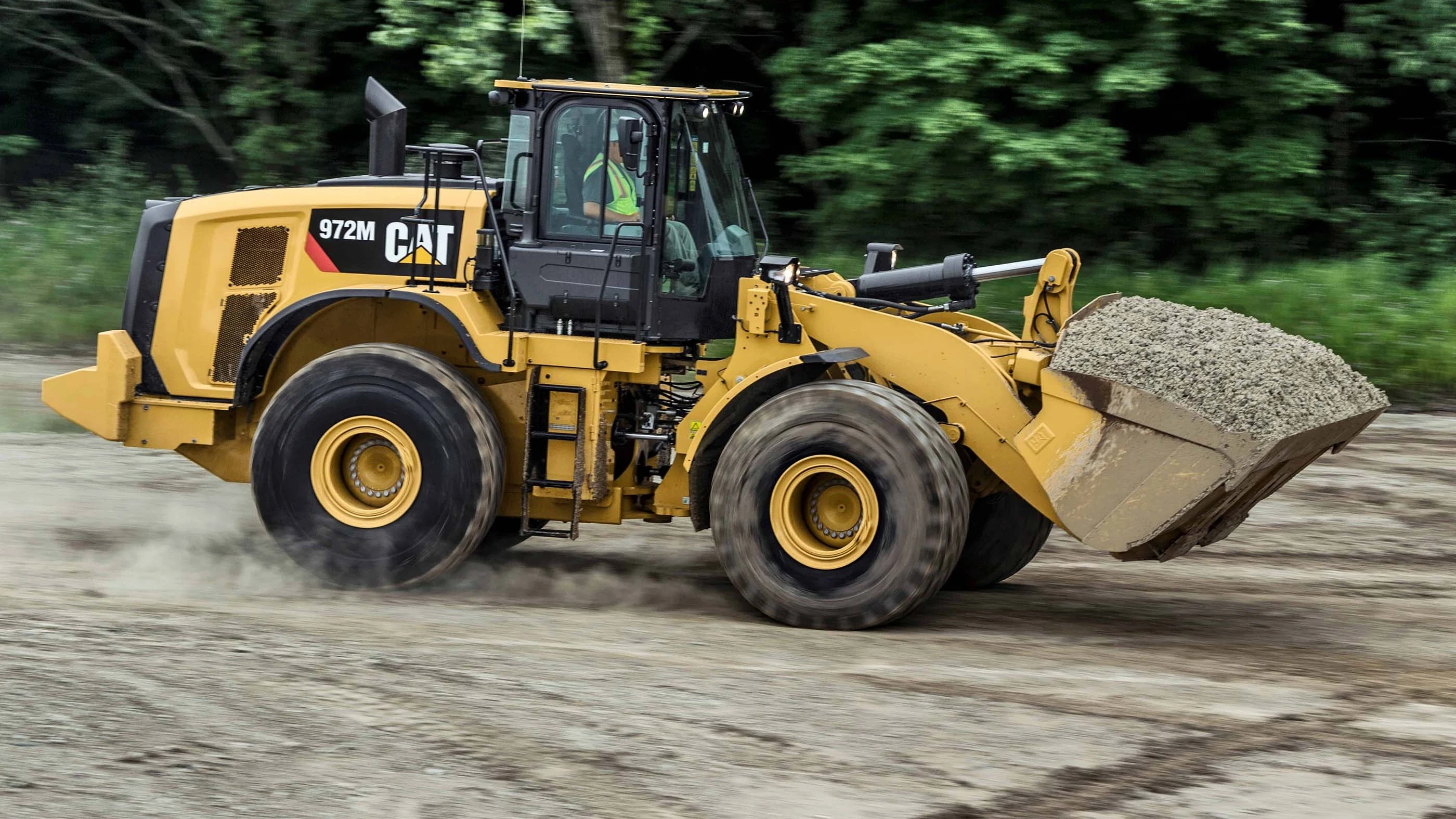Hydraulic contamination can have a dramatic effect on your machine - increasing wear, reducing efficiency and costing you money.
It’s much simpler to prevent hydraulic contamination than to cure it and it’s important to know the danger areas and early warning signs to look out for. Here are four practical steps to help protect your machine:
1. Look out for performance loss
This is one of the first concrete, noticeable signs of hydraulic contamination. Encourage your operators to learn the ins and outs of their machines, their operating times, temperatures and how they feel to use. Slower performance, erratic operation and jerky steering or movements are all signs of hydraulic contamination. Contaminated hydraulic fluid has changed chemical or physical properties. A change in hydraulic pressure or temperature can be a warning sign of changes in the viscosity or thickness of the hydraulic fluid, usually caused by chemical contamination. If the thermal ability of the fluid changes this reduces its cooling capabilities. If the fluid gets too thin, this massively reduces its lubricating and sealing effects, increasing the system’s internal wear. This lets more contaminates in, causing more damage. Encourage your operators to closely monitor their machine’s performance and report any differences they notice.
2. Frequent checks of your machine’s exterior are essential
A simple walk around can reveal a lot. Look out for leaks and damage on rods as they are an early warning sign your contamination risk is increasing. A simple scratch or dent can supply contaminate particles a way to enter your hydraulic system by slipping underneath the cylinder seals. Worn hoses, from rubbing or exposure, can split open and introduce a leak. Leaks in the system are doubly dangerous. You may notice fluid escaping; this reduces the total fluid reserve available for the cylinders and any cooling effect the fluid has. Less noticeably, a leak allows the fluid to interact with the open air, where contaminated particles can collect in the fluid and enter the system.
3. Regular servicing and fluid checks extend the life of your machine and its hydraulics
Technicians can check and clean your system to reduce the chance of contaminant damage. You can also get your hydraulic fluid sampled and sent to a lab for analysis. The lab can detect microscopic particles in your hydraulic fluid and find out what they are. This analysis can figure out what is entering your fluid and can help guide service technicians to find and fix any issues before they become serious. Regular analysis can track contaminant build-up within your hydraulic system, giving you up-to-date information and a better understanding of how contamination occurs so you can fight it effectively.
4. Use quality parts from the original manufacturer
The parts you use have a much greater effect on contamination control than you might first think. You may think you are saving money when you buy a cheaper hose, but they will not last as long as hoses with a higher upfront cost. Cheap hoses can break more easily, and you may end up having to buy more sooner than you would like. The same goes for filters, as knock-off ones are less effective at removing contaminants. Original Equipment Manufacturers (OEM) produce higher-quality filters that are designed for effective use in their machines. OEMs make seals with higher-quality materials and much tighter tolerances, reducing their overall wear and increasing their effectiveness. Extra add-on parts, such as rod covers, can help to further increase contamination prevention.
Hydraulic contamination is an ever-present threat, but that doesn’t mean you can’t control it. Making the effort to regularly check your machine’s exterior will help prevent contaminates entering and closely monitoring performance will give you a heads up on potential issues. Regular laboratory analysis tracks your hydraulic fluid contaminates and allows you to target points of concern. Effectively combating contamination will help your hydraulic systems work better for longer, saving you both time and money.

